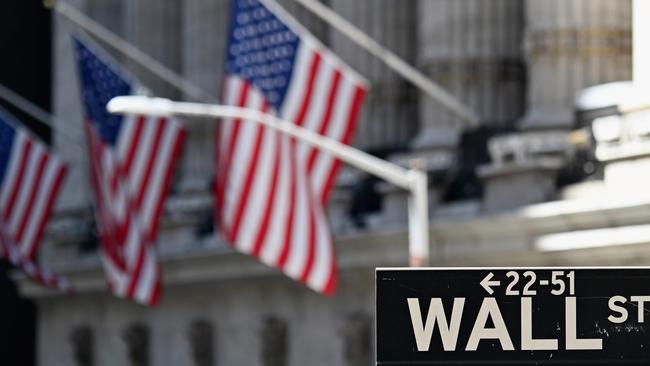It’s time to start thinking about inflation

Earlier this week Wall Street reached a crucial point when share prices moved higher than they were before the COVID crisis began. On the Australian Securities Exchange there also has been a surge higher, though we remain some distance below where we were in February.
For many investors it must be puzzling. Investment markets remain dominated by COVID-19, the global recession and the colossal financial stimulus from budget and monetary policies.
Yet there’s no mystery: it’s the fall in bond yields, to record lows in many countries, and the other easy settings of monetary policy that have underpinned the positive return on bonds and the four-month upswing in share prices.
Around the world, central banks have cut cash rates, updated policies of quantitative easing (where the central bank sets a monthly target for its purchases of bonds from the market), announced yield curve control (where the central bank sets a target for the yield on the bond with a particular maturity), widened the range of private sector debt instruments the central bank buys or will trade in, and made statements of forward guidance (mainly to say monetary policy would not be tightened for a considerable time).
Why are bond yields so important in determining investment performance? And what’s likely to be in store for bond yields in the next year or two?
Bond yields and bond prices move inversely. When bond yields decline — as occurred in March — bonds trade at higher prices, creating capital gains on existing holdings of bonds. (And long-dated bonds, which carry more years of interest payments, move up more in price than short-dated bonds). When interest rates increase, bond investors suffer a capital loss (particularly so holders of long-dated bonds).
Bond yields are now at such skinny levels — in the US and Australia even lower than inflation — that the scope for further capital gains appears limited. And there are risks that, in the next year or two, interest rates will be moving higher.
The two big influences on global share prices are expected profits and interest rates. In recent months, the two have pulled in opposite directions.
Understandably, gloomy expectations that aggregate corporate profits would collapse by as much as 25 per cent have dominated market thinking, along with the view that 2021 could see the global recession turn into a depression.
It now seems that 2020 profits, in total, will hold up a little better than this nightmare scenario had suggested. The extensive easings of fiscal policy — and, in particular, programs for job subsidies — have lessened (or at least delayed) the extreme concerns of economic conditions and profits being wiped out. And some companies — notably the leading US hi-tech companies but also iron ore producers and online retailers in Australia — are reporting strong earnings despite the global recession.
Looking ahead, will there be at least modest growth in the world economy to validate the recent rebound in share prices? There are many views.
I take some encouragement from the recent signs of a pick-up in the economic activity in the US and China. My guess is that the two economies will grow, respectively, by 2 per cent and 4 per cent next year and world growth will come in at about 2 per cent. Perhaps that’s enough to avert fears that the global recession will continue well into next year.
I have never known so many views to be held at the one time on what may happen to bond yields across the medium term.
Some investors suggest bond yields will remain low for an extended period. They say the huge jump in money creation by central banks won’t create inflation even over a run of years.
At the other extreme, some see an early return of financial stress and inflation, and are already hoarding gold.
I’m a boring middle-of-the-roader: in my view, bond yields will likely stay very low for another year or two, then start moving higher as inflation returns.
If that turns out to be right, we could see reasonable returns on selected shares (bought when markets are weak) and stable but low returns on bonds.
But now is the time for investors to be thinking through how even mild inflation may affect their investments.
Don Stammer is an adviser to Stanford Brown Financial Advisers. The views expressed are his alone.






